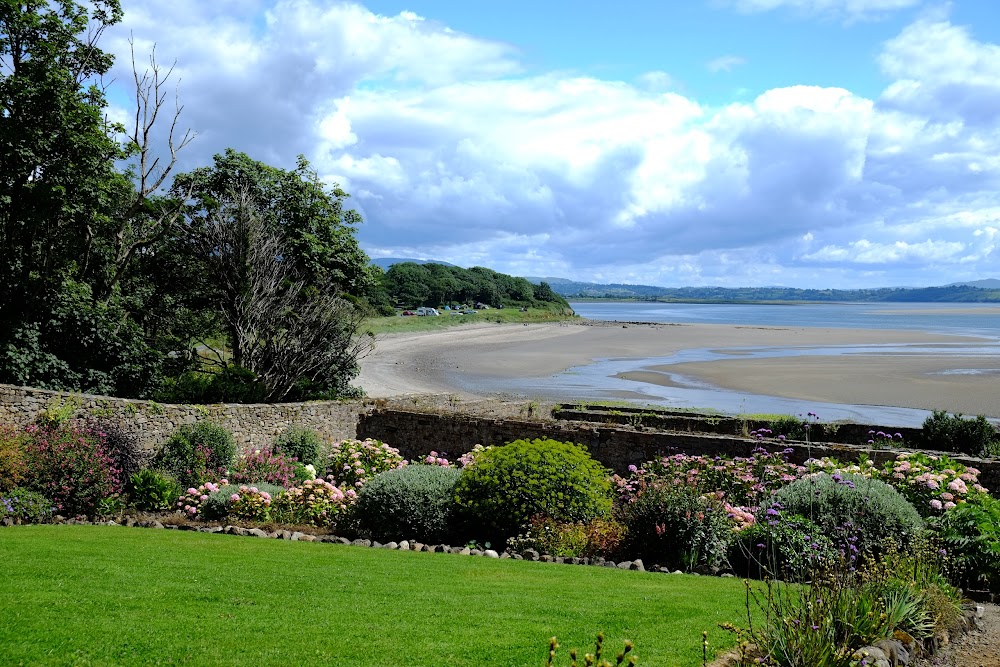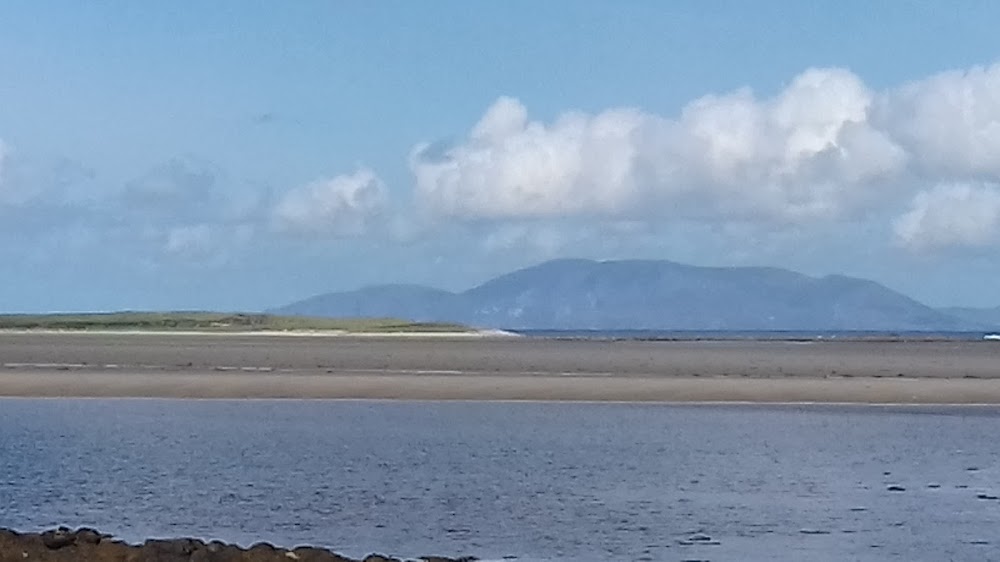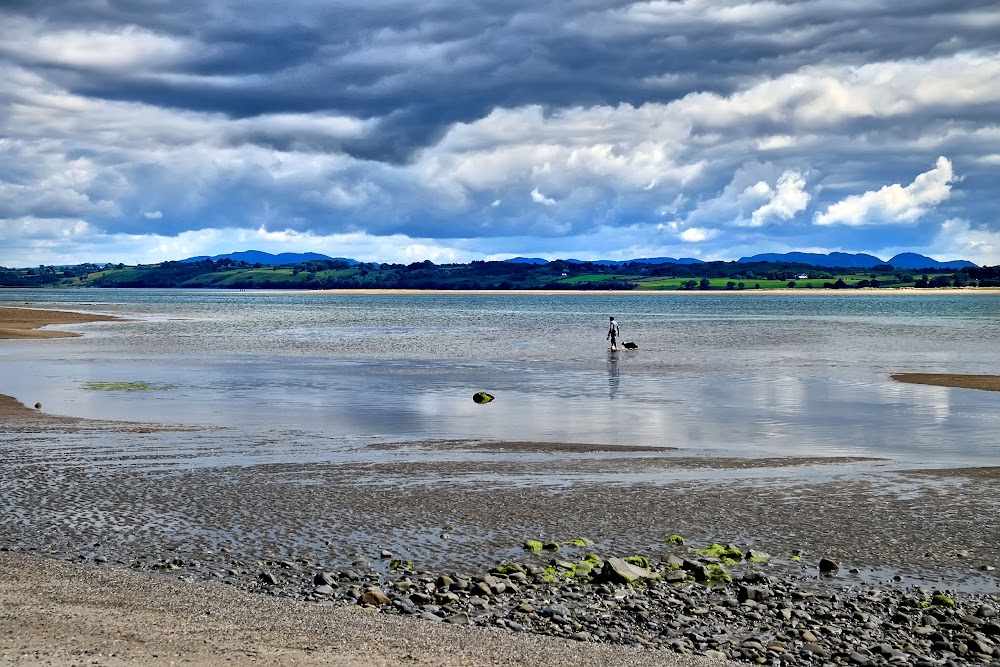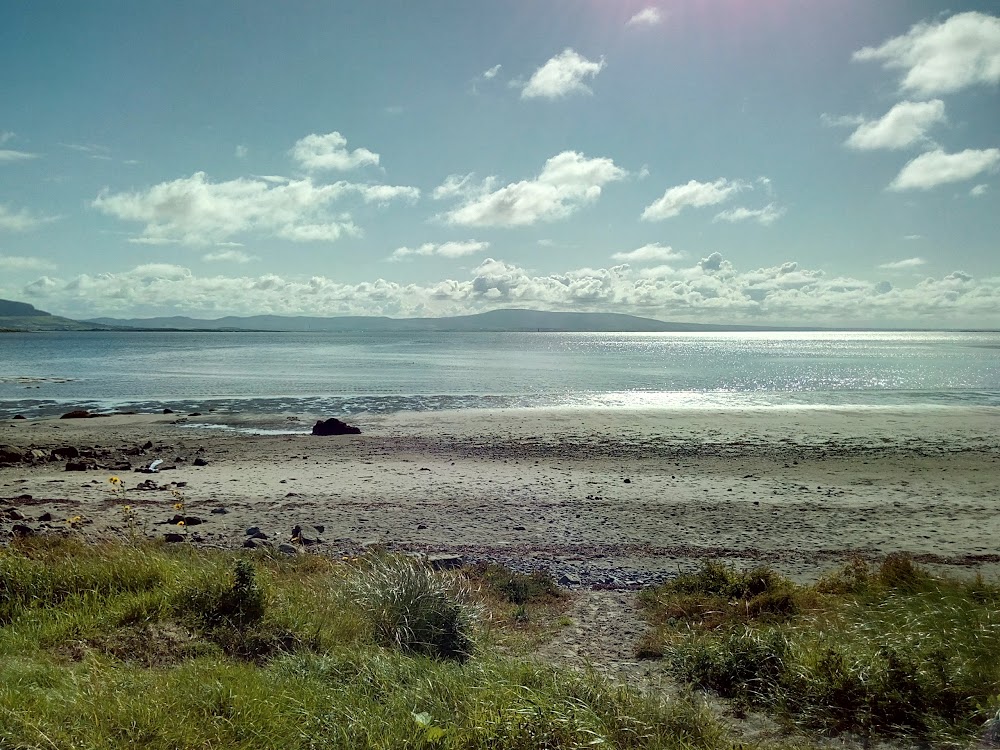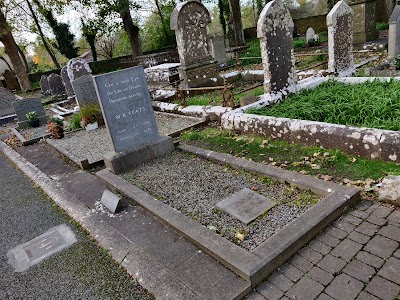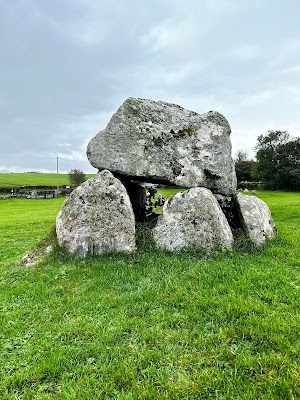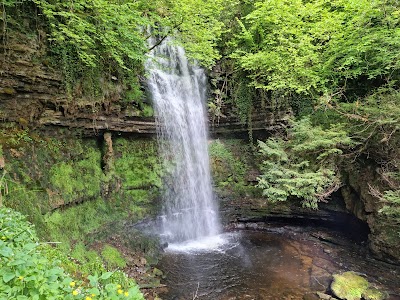Lissadell House (Teach Lios an Dúill)
Overview
**Lissadell House: A Jewel of Sligo, Ireland**
Lissadell House stands proudly in Sligo, Ireland, boasting a captivating history that stretches back to the early 19th century. This exquisite example of Greek Revival architecture was commissioned by Sir Robert Gore-Booth, an influential Anglo-Irish landowner, and constructed between 1830 and 1835. The design, crafted by the esteemed English architect Francis Goodwin, showcases his remarkable talent for creating grand neoclassical buildings that leave a lasting impression.
The construction of Lissadell House utilized the finest materials available at the time. Its solid limestone foundation was quarried from the nearby region, while local stone was dressed in smooth, elegant white render for the walls. The house's striking design features impressive columns, symmetrical lines, and large sash windows that enhance its majestic appearance, making it a true architectural marvel.
Inside, Lissadell House reflects the opulence and sophistication befitting its status. The grand entrance hall welcomes visitors with a sweeping staircase and intricate plasterwork ceilings. Numerous spacious reception rooms are filled with exquisite details, including marble fireplaces, hardwood floors, and expansive windows that provide breathtaking views of the surrounding landscape.
One of the house's most notable features is the **Gallery**, a long and elegant room originally designed for entertaining guests with music and performances. Adorned with classical sculptures, fine art, and intricate woodwork, the Gallery showcases the cultured tastes of its original inhabitants and remains a testament to the house's artistic legacy.
Lissadell House also boasts an impressive **library**, once home to thousands of books on a wide range of subjects. This cozy retreat was a favorite spot for the residents, offering a tranquil space for reading, study, and contemplation. The library’s dark mahogany shelves and richly decorated ceiling panels create an atmosphere of scholarly refinement, making it a cherished part of the estate.
Surrounding Lissadell House is an expansive estate that spans over 410 acres, featuring beautifully manicured gardens, woodlands, and a picturesque coastline along the Atlantic Ocean. The gardens include a Victorian walled garden, a rock garden, and extensive lawns that have been meticulously maintained. Not only a source of beauty, these gardens also served practical purposes, as kitchen gardens provided fresh produce for the household.
Lissadell House holds significant historical importance in Ireland's cultural heritage. It was the childhood home of **Constance Markievicz**, one of Ireland's most prominent revolutionaries in the early 20th century. Markievicz made history as the first woman elected to the British Parliament, although she did not take her seat, and later became deeply involved in the Irish struggle for independence. Her connection to Lissadell House has cemented its place in Ireland's rich history.
While the house fell into decline during the mid-20th century due to the challenges of maintaining such a vast estate, it has been lovingly restored in recent years by its current owners, Edward Walsh and Constance Cassidy. Their painstaking restoration work, grounded in meticulous research and careful craftsmanship, has revived Lissadell House to its former glory, preserving its unique character and charm for future generations.
Today, Lissadell House is open to the public, offering visitors a fascinating glimpse into Ireland's rich past. Guests can explore its beautifully restored rooms, stroll through the extensive gardens, and learn about the lives of those who once called it home. The estate hosts various exhibitions and events, including guided tours, historical reenactments, and cultural performances, making it a vibrant center of activity and heritage.
The legacy of Lissadell House is one of elegance, history, and cultural significance. With its stunning architecture, lavish interiors, and breathtaking surroundings, it continues to captivate all who visit, ensuring that this remarkable estate remains a treasured part of Ireland's historical landscape.


